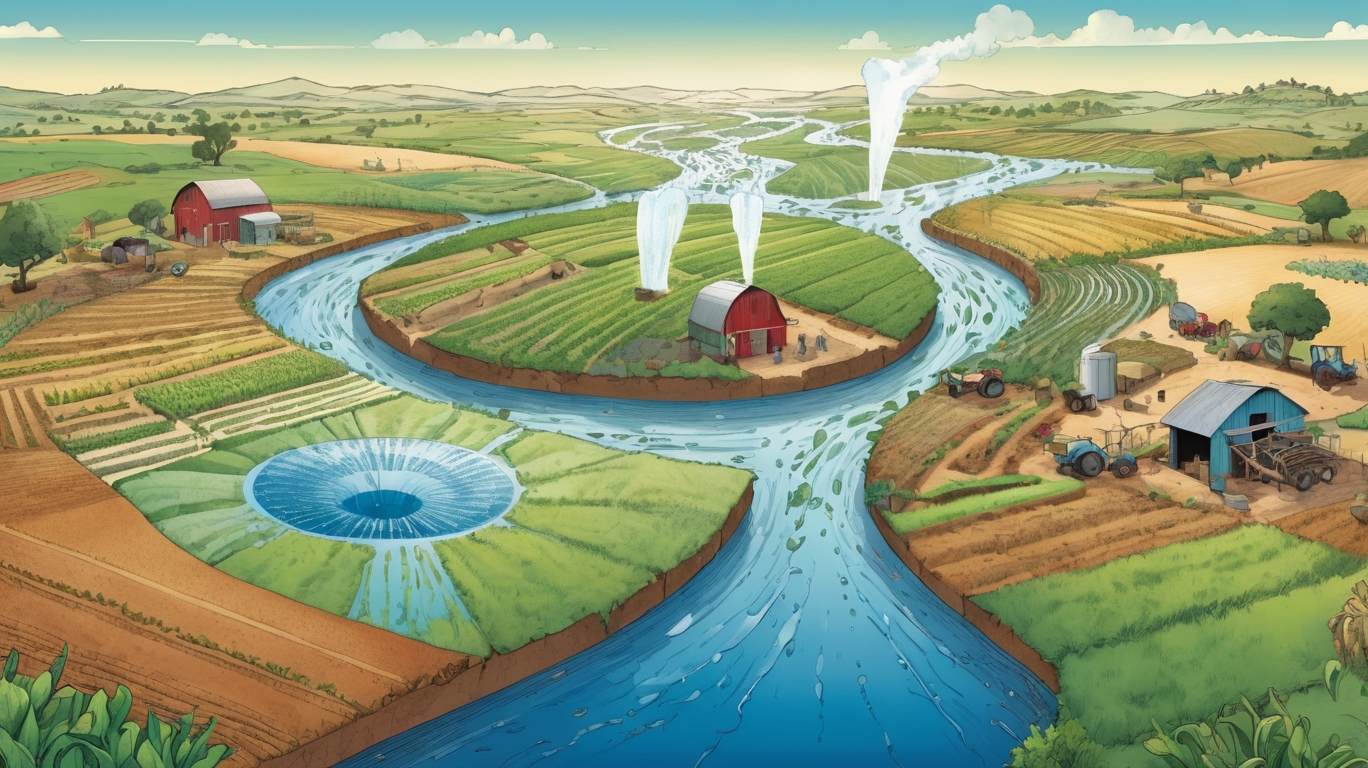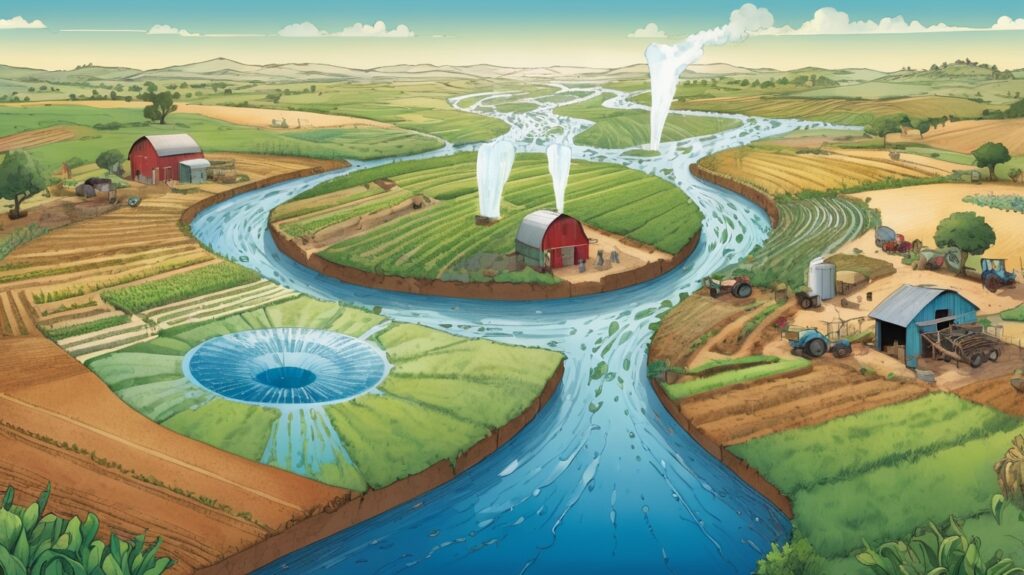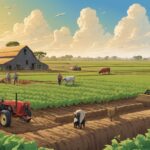Water Conservation Techniques in Farming: Sustainable Practices for a Thirsty Planet
Water is the lifeblood of agriculture, yet its scarcity is becoming an increasing concern worldwide. With growing populations and changing climate patterns, farmers must adopt efficient water conservation techniques to ensure sustainable food production. Fortunately, there are numerous methods—both traditional and modern—that can help reduce water waste while maintaining healthy crop yields.
In this article, we’ll explore some of the most effective water-saving practices in farming, offering a balanced approach that benefits both the environment and agricultural productivity.

1. Drip Irrigation: Precision Watering
Drip irrigation is one of the most efficient ways to deliver water directly to plant roots, minimizing evaporation and runoff. Unlike traditional flood irrigation, which can waste large amounts of water, drip systems use tubes or pipes with small emitters to release water slowly and precisely where it’s needed.
Benefits:
- Reduces water usage by up to 60% compared to conventional methods.
- Lowers weed growth (since only targeted areas receive water).
- Improves crop health by preventing overwatering.
2. Rainwater Harvesting: Capturing Nature’s Gift
Instead of relying solely on groundwater or municipal supplies, farmers can collect and store rainwater for later use. Simple techniques like building ponds, installing rain barrels, or constructing rooftop catchment systems can make a significant difference.
Benefits:
- Provides a free, renewable water source.
- Reduces dependence on external water supplies.
- Helps recharge groundwater when excess water is directed into the soil.
3. Mulching: Keeping Moisture In
Mulching involves covering the soil around plants with organic materials (like straw, leaves, or compost) or synthetic sheets. This layer helps retain soil moisture, suppress weeds, and regulate soil temperature.
Benefits:
- Reduces evaporation by up to 50%.
- Improves soil fertility as organic mulch decomposes.
- Protects against soil erosion.
4. Drought-Resistant Crops: Choosing the Right Varieties
Some crops naturally require less water than others. Farmers in water-scarce regions can opt for drought-tolerant varieties such as millet, sorghum, or certain strains of wheat and maize. Additionally, crop rotation with legumes can improve soil water retention.
Benefits:
- Lowers irrigation demands.
- Maintains yields even in dry conditions.
- Enhances soil health through diversified planting.
5. Soil Moisture Monitoring: Smart Water Use
Modern technology, such as soil moisture sensors, allows farmers to track water levels in real time. By understanding exactly when and how much to irrigate, they can avoid overwatering and reduce waste.
Benefits:
- Optimizes irrigation schedules.
- Prevents waterlogging and nutrient leaching.
- Saves energy by reducing unnecessary pumping.
6. Contour Farming and Terracing: Slowing Water Flow
On sloped land, water can quickly run off, taking valuable topsoil with it. Contour farming—planting along the natural curves of the land—and terracing help slow water movement, allowing it to soak into the ground.
Benefits:
- Reduces soil erosion.
- Improves water infiltration.
- Preserves nutrients in the soil.
7. Cover Cropping: Protecting the Soil
Planting cover crops like clover or rye during off-seasons prevents soil drying and enhances water retention. These crops also reduce weed competition and improve organic matter in the soil.
Benefits:
- Shields soil from sun and wind, reducing evaporation.
- Enhances soil structure for better water absorption.
- Reduces the need for synthetic fertilizers.
Final Thoughts
Water conservation in farming isn’t just about using less—it’s about using wisely. By integrating these techniques, farmers can maintain productivity while safeguarding this precious resource for future generations. Whether through advanced technology or time-tested methods, every drop saved contributes to a more sustainable and resilient agricultural system.
Adopting even a few of these practices can make a meaningful difference. After all, in the delicate balance of nature, thoughtful stewardship ensures that both the land and those who depend on it can thrive.
Would you like to explore any of these techniques in more detail? Let us know in the comments below.



